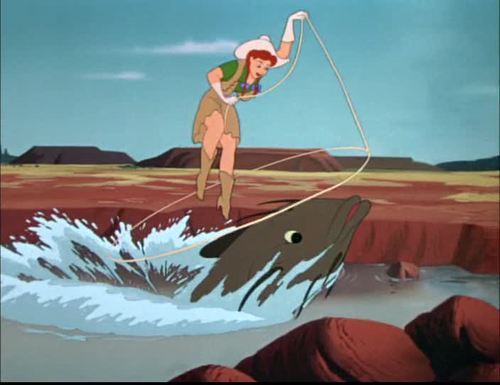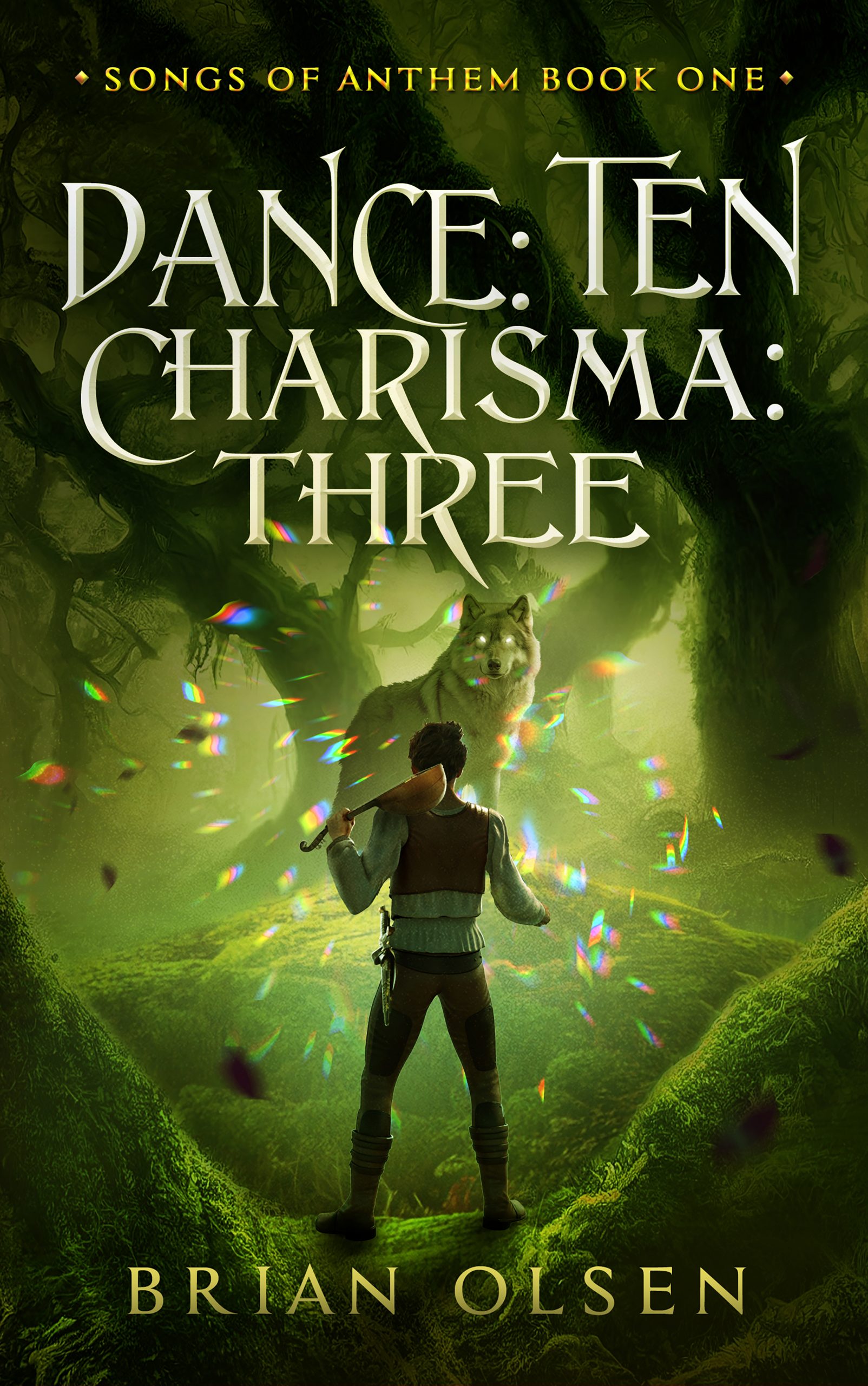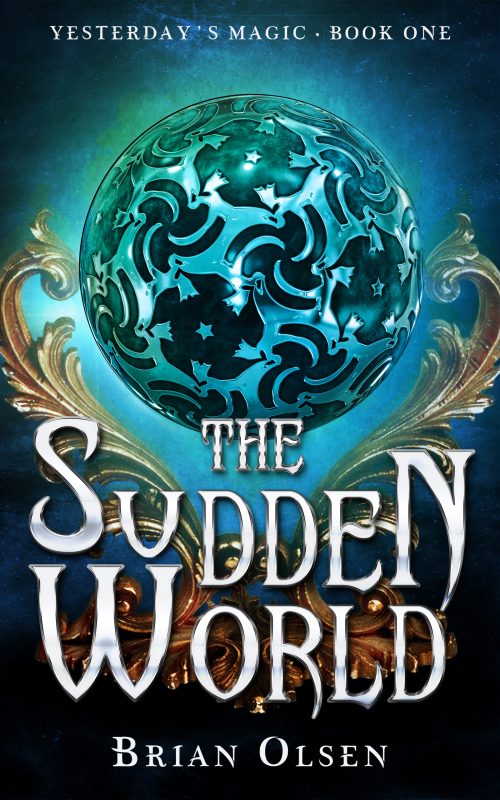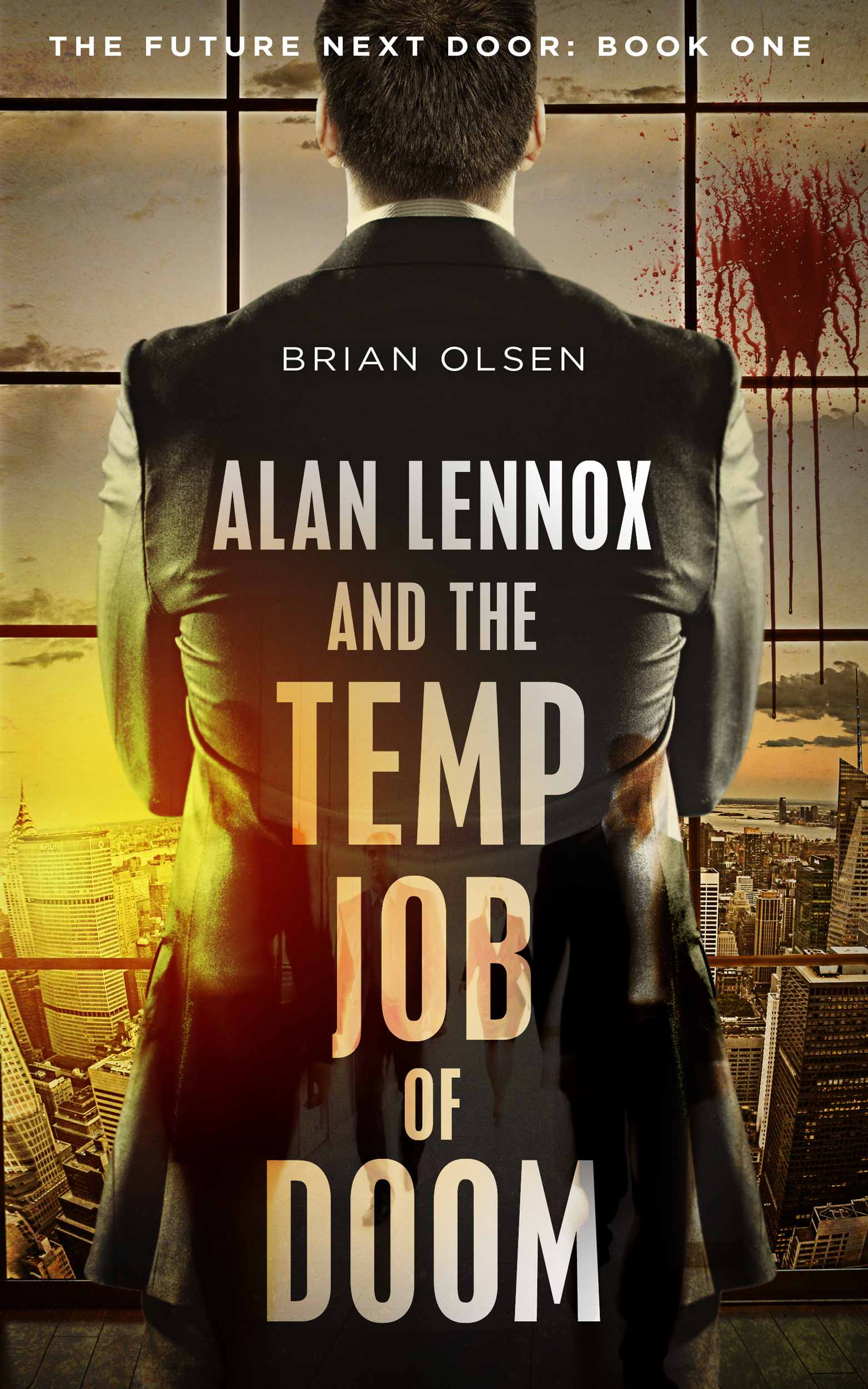The Adventures of Ichabod and Mr. Toad (1949), in addition to being the last Disney feature of the 1940s, is also (mercifully) the last package film produced by the studio. Disney was still burning off films left unfinished due to their financial problems during the war, and these two adaptations, deemed unsuitable for feature-length, were reduced to shorts and smashed together into one picture. The two halves of the film were split up and shown elsewhere quite often since its initial release – on television, as shorts before other features, and on home video. I had seen Ichabod’s story before, but Toad and his friends were new to me.
- There isn’t a whole lot of commonality between The Wind in the Willows and The Legend of Sleepy Hollow, the two stories upon which this film is based, and the seams are fraying in the framing sequence tying them together. They couldn’t even come up with a decent theme song – the lyrics are just the names “Ichabod” and “Mr. Toad” repeated again and again. After the credits we zoom into a library for the once original, now done to death conceit of introducing us to the tale by just showing us the book it’s based on. The narrators (Basil Rathbone and Bing Crosby – an even less likely pairing than Ichabod and Mr. Toad) essentially just say, “Hey, here are two interesting characters,” and don’t bother to provide any other justification for why we might watch their stories back to back.
- Mr. Toad is up first. Never having read The Wind in the Willows, my only prior knowledge of this story comes from “Mr. Toad’s Wild Ride” at Disneyland. The shots of the interior of Toad Hall take me right back and I’m instantly terrified. (Shut up. Don’t tell me it’s not a thrill ride. They die and go to Hell at the end.) Basil brings us up to speed on the setting and characters very quickly – Toad, Ratty, Moley, and MacBadger – and we’re into the action. Ratty looks just like the Basil Rathbone version of Sherlock Holmes, which I’m assuming must be intentional. Good in-joke if so. Also, MacBadger has a really sexy Scottish accent. I’d be into him, if he wasn’t an elderly cartoon badger. (Although, I’ve done worse…)
- The song “We’re Merrily on Our Way” is pretty great. I love Cyril the horse and I want him to take me for a wild ride in his cart. Any horse who wears a hat with holes cut out for his ears is okay by me.
- I like Toad, but I’m not particularly sympathetic towards him. He’s definitely a one-percenter and will be the first amphibian against the wall when the revolution comes. The plot mostly concerns his friends’ attempts to save him from himself – he’s the owner of Toad Hall, the stateliest of stately manors in the Wild Wood, and his mania for fads is causing him to burn through all of his cash. MacBadger is worried that if they don’t stop him, he’ll lose the Hall. I say, let him lose it. Turn it into a museum. (But I’m a dirty socialist so don’t listen to me.) Toad is arrested for stealing a car and put on trial. His defense is that he legally traded Toad Hall to a gang of weasels for the car. Weasels, according to Cyril, are “deceitful and not to be trusted at all.” DAS RACIST! Toad’s found guilty and sentenced to twenty years in the Tower of London, which seems a little severe for a first-time offender, especially a rich one. Rich people don’t go to jail – doesn’t Disney know how the legal system works?
- Cyril and Toad dress in drag to escape the tower. Love it. He runs to his friends and Ratty is instantly ready to turn him back over to the police. Man, a toad really learns who is friends are in situations like this, doesn’t he? SNITCHES GET STITCHES RATTY. There’s a big fight scene against the weasels, which is pretty great, and they get the deed to Toad Hall back, which proves Toad’s innocence somehow. The end. Wait, they never go to Hell? What a rip-off! YOU LIED TO ME MR. TOAD’S WILD RIDE
- Part two, and Bing takes over from Basil as our narrator. He spends an awfully long time describing Ichabod Crane’s appearance considering we’re looking right at him. Ichabod is an odd outsider walking through the center of town with his nose buried in a book while all the townspeople, including the ruggedly handsome leader of a gang of drunken roughnecks, sing about how strange he is. So it’s the opening to Beauty and the Beast, several decades early. That ruggedly handsome leader is Bram Bones, and hot damn. I’m not saying I searched DeviantArt for one of those “sexy Disney heroes” drawings of him, I’m not saying I didn’t. (I did.) Ichabod, on the other hand, looks exactly like Pepper, the microcephalic woman from American Horror Story.
- I guess Bram is supposed to be the villain, but it’s pretty hard to sympathize with Ichabod. The two are rivals for the love of the beautiful Katrina, but Ichabod wants her because she’s rich, and fantasizes about her dad dying so he can take over their farm. There isn’t really a hero here.
- At the dance at the farm, Bram dances with a plump woman only so he can swap her for Katrina, who’s dancing with Ichabod. He’s disgusted by her plumpness because ha ha ha fat women have no value! Blergh. I’d blame it on the 1940s but it’s not like this joke has gone away. This nameless woman is relentlessly cheerful, laughing uproariously as Bram drags her around the dance floor. She’s the most likable character in this and in a right and good world both men would be fighting over her instead of that manipulative tart Katrina.
- FINALLY we get to the whole point of this story, the Headless Horseman and holy crap, it’s pretty scary. It’s a little discordant, though, the interplay of the realistically terrifying Horseman with Ichabod’s cartoonishly overwrought reactions. The story isn’t quite committing to either the fear or the humor, and each somewhat undercuts the other. Of course, that’s me as an adult saying this – as a kid, I remember freaking the hell out when the Horseman throws his pumpkin head right at the camera.
- Ultimately, this odd pairing works so long as you take each of the two on their own merits. The Legend of Sleepy Hollow drags a bit but is worth it for the ending, whereas The Wind in the Willows is fun throughout but gives the sense that something wonderful was lost when the decision was made never to develop it into a standalone feature. Like many of these forced package films, The Adventures of Ichabod and Mr. Toad is probably better served by splitting up its component parts and watching them separately.






